Passive Fire Protection
For a competitive quote from a company you can trust call
When it comes to passive fire protection...
We understand just how important having passive fire protection is to a company’s fire safety strategy, and that’s why we are on hand to provide a high-quality service, carrying out reliable assessments of your potential risks and determining which systems need to be in place to give your building optimal protection.
Thanks to our knowledge of the regulations, we can help you select appropriate solutions to meet your requirements, whether they be fire curtains, fire boards or another option, so that your property can meet its legal obligations and maintain high levels of safety for your staff, and your clients at all times.
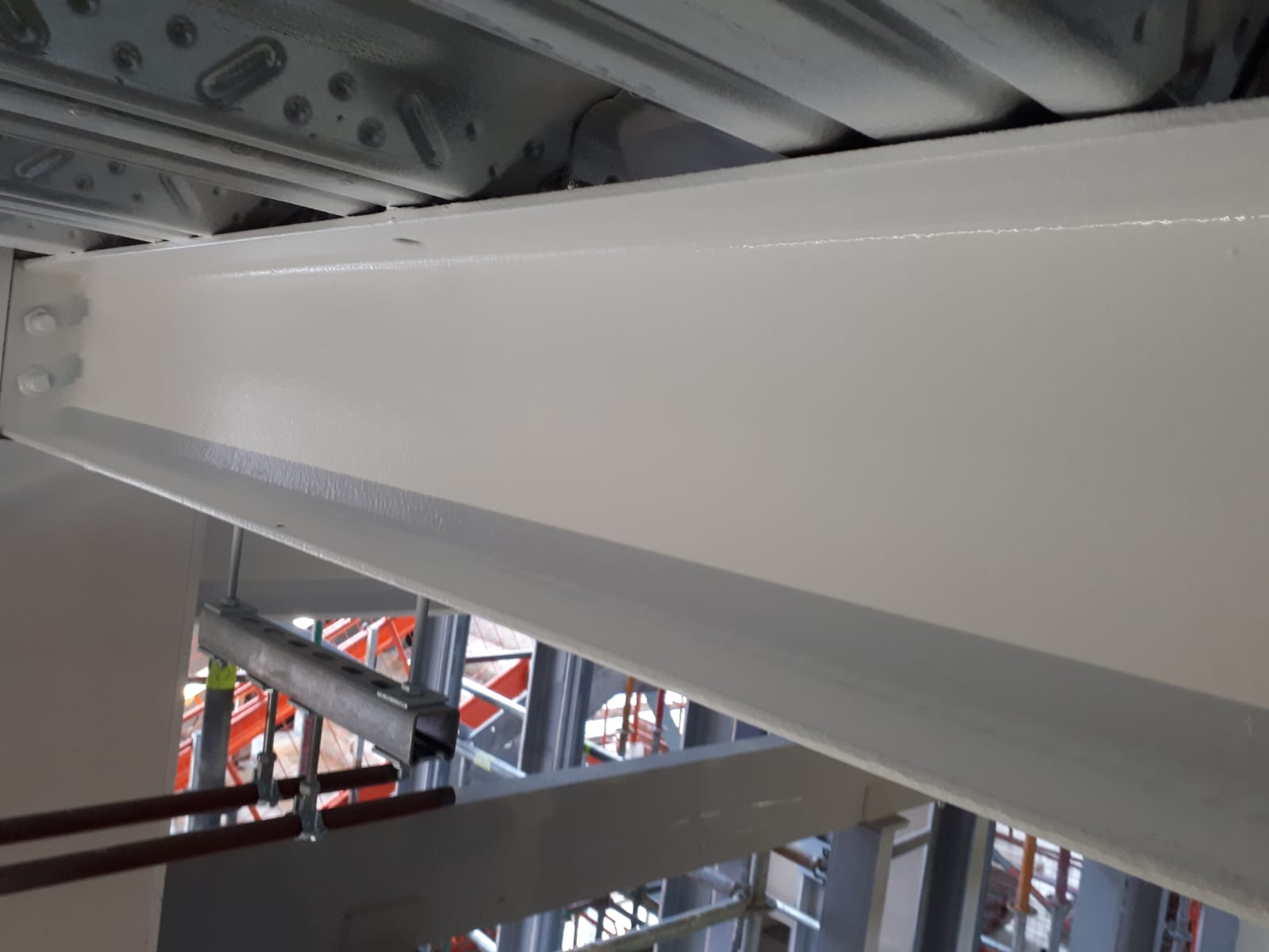
Passive fire protection
Passive fire protection is a vital component of any fire safety strategy. It is built into the structure of a building to safeguard people’s lives and limit the financial impact of damage to buildings and their contents.
- Limiting the spread of fire and smoke by containing it in a single compartment.
- Protecting escape routes for essential means of escape.
- Protecting the building structure thereby ensuring its sustainability.
With each step in your passive fire protection plan, you will need a reliable assessment of the risks and the right systems to protect your building. DSK can help you to understand your local regulations and to choose the right solutions with all the documents required.
Our highly skilled and experienced fire protection team will provide the quality of service and peace of mind to take care of your passive fire protection needs.
The services we provide are:
- A consultation to cover all elements of your passive fire protection needs.
- A quotation of work
- Structural Steel Protection
- Fire Stopping and Penetration Sealing
- Insulation
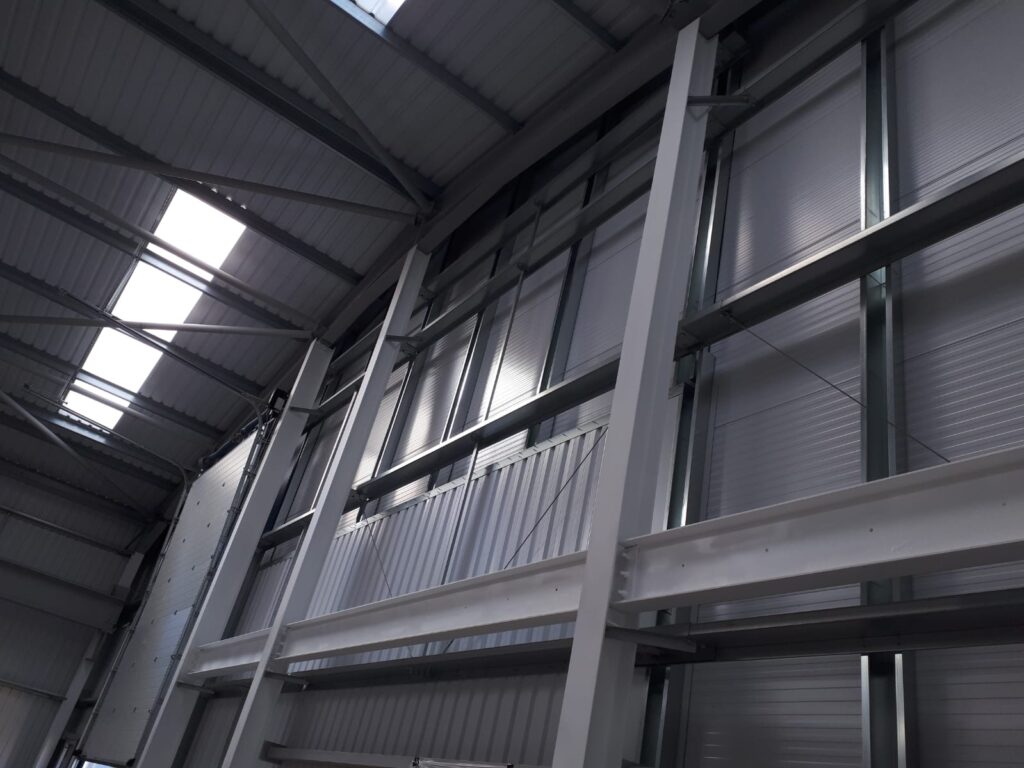
Fire stopping
Penetration seals are vital in upholding compartmentation to prevent the spread of fire within a building. Penetration systems are a primary requirement of the fire safety design in all buildings.
The service penetration systems we provide, and install are cost-effective and prevent the spread of fire, smoke and toxic gases through any gaps in the walls of a structure.
These sealing systems include Intumescent mastics, Ablative Batts, fire barriers and fire compounds.
DSK Environmental can provide all these services and installations as part of the passive fire protection work we undertake for major clients across the UK.
What are the requirements in BS 7671:2018 for fire stopping?
BS 7671:2018 Regulation 527.2 sets out the requirements for the sealing of wiring system penetrations, Regulation 527.2.1 states that:
“Where a wiring system passes through elements of building construction such as floors, walls, roofs, ceilings, partitions or cavity barriers, the openings remaining after passage of the wiring system shall be sealed according to the degree of fire-resistance (if any) prescribed for the respective element of building construction before penetration.”
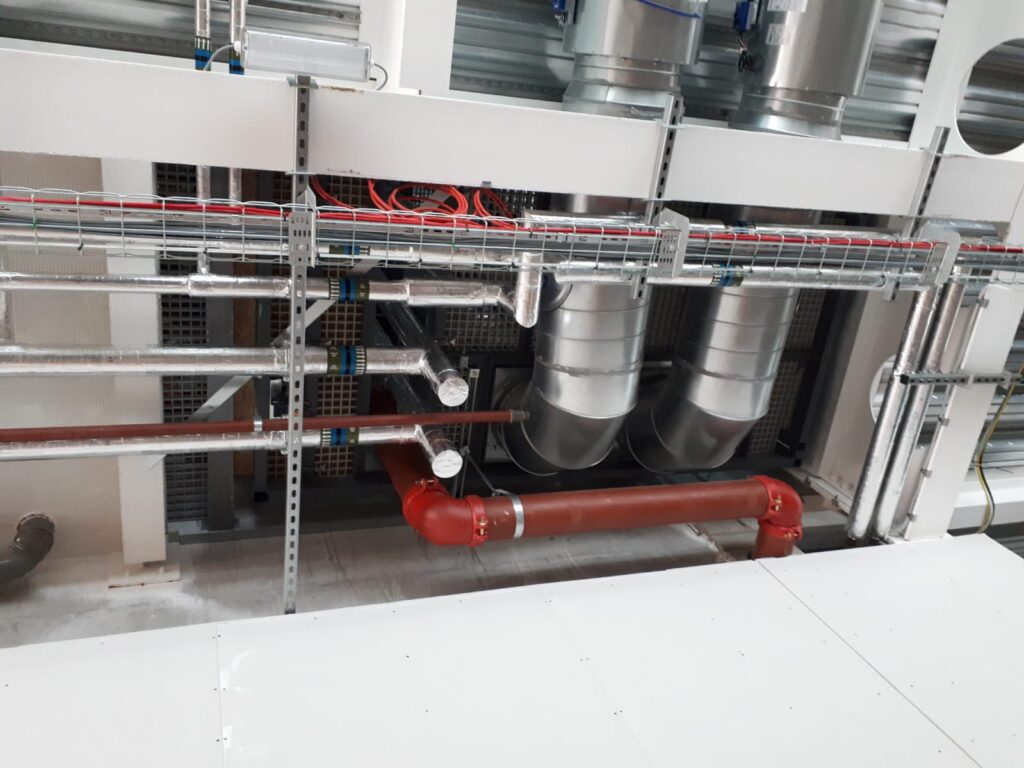
Are there any statutory requirements to carry out fire stopping?
It intends to provide a minimum fire safety standard in all non-domestic premises (with some exceptions) and requires the responsible person to have a risk assessment carried out by a competent person to identify any shortfalls in fire safety requirements which should include fire stopping provisions.
Local fire and rescue services carry out inspections to ensure buildings are compliant and can act on non-compliant businesses, ranging from providing information and advice to prosecuting the responsible person for the building.
What Other Requirements Are There To Carry Out Fire Stopping?
Approved Document B 2019 Volume 1 ‘Dwellings’, Section 9 sets out the requirements for fire stopping and states that openings through a fire resisting element for pipes, ducts, conduits or cable should be all of the following, as few and small as possible and fire stopped.
Section 9.28 states that;
Approved Document B 2019 Volume 2 ‘Buildings other than dwellings’, Section 10 states that;
“The performance of a fire-separating element should not be impaired. Every joint, imperfect fit and opening for services should be sealed. Fire-stopping delays the spread of fire and, generally, the spread of smoke as well.”
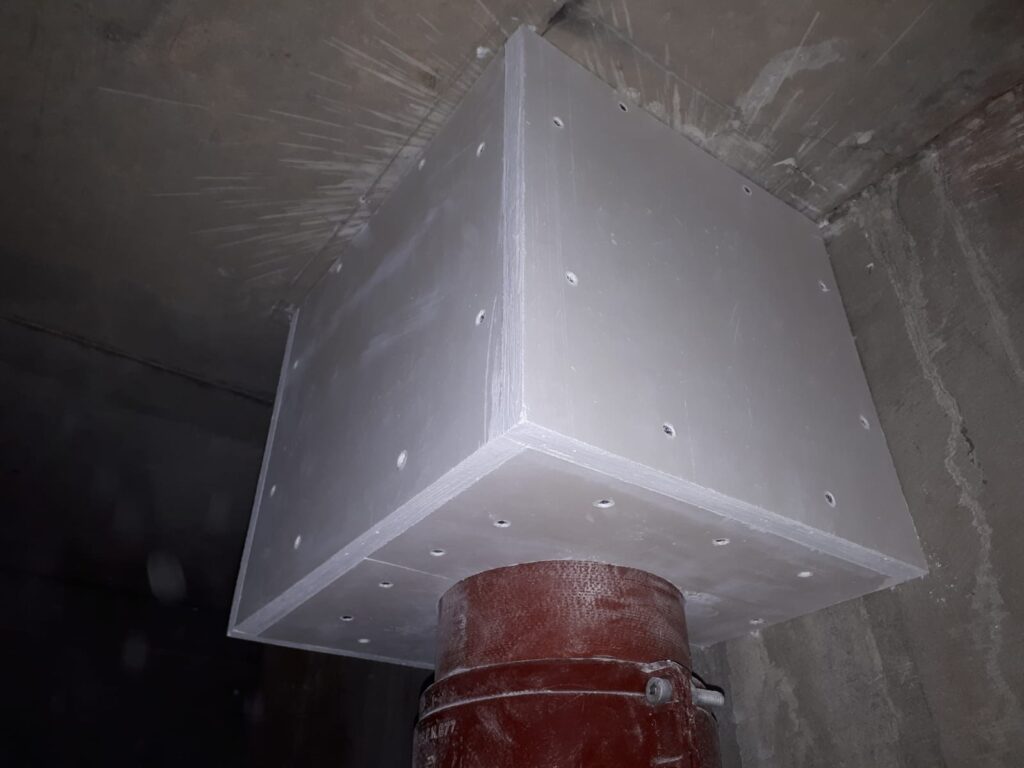
AWhose Responsibility Is It To Carry Out The Fire Stopping Works?
BS 7671:2018 imposes requirements on the electrical installer to ensure penetrations for wiring systems are sealed to prevent the spread of fire, however, the electrical designer may decide to employ a specialist contractor to carry out the works.
On smaller projects, it is likely that the electrical installer will be the only person involved in the works, so it will be their responsibility to ensure that the fire stopping works are completed adequately.
On larger projects, it can be sometimes assumed that the fire stopping will be carried out by the main contractor, but this is not always the case. It is important to establish where the responsibility lies at an early stage, such as when tendering for a project as it is likely to cost a significant amount of money.
The architect will likely be responsible for specifying fire stopping works, but this should be clarified with the principal contractor during the tender process. This will require close coordination with the electrical contractor and specialist fire stopping contractor.
Who Is Competent To Carry Out Fire Stopping Works?
DSK Environmental have the competence and combination of training, skills, experience and knowledge to perform this task safely.
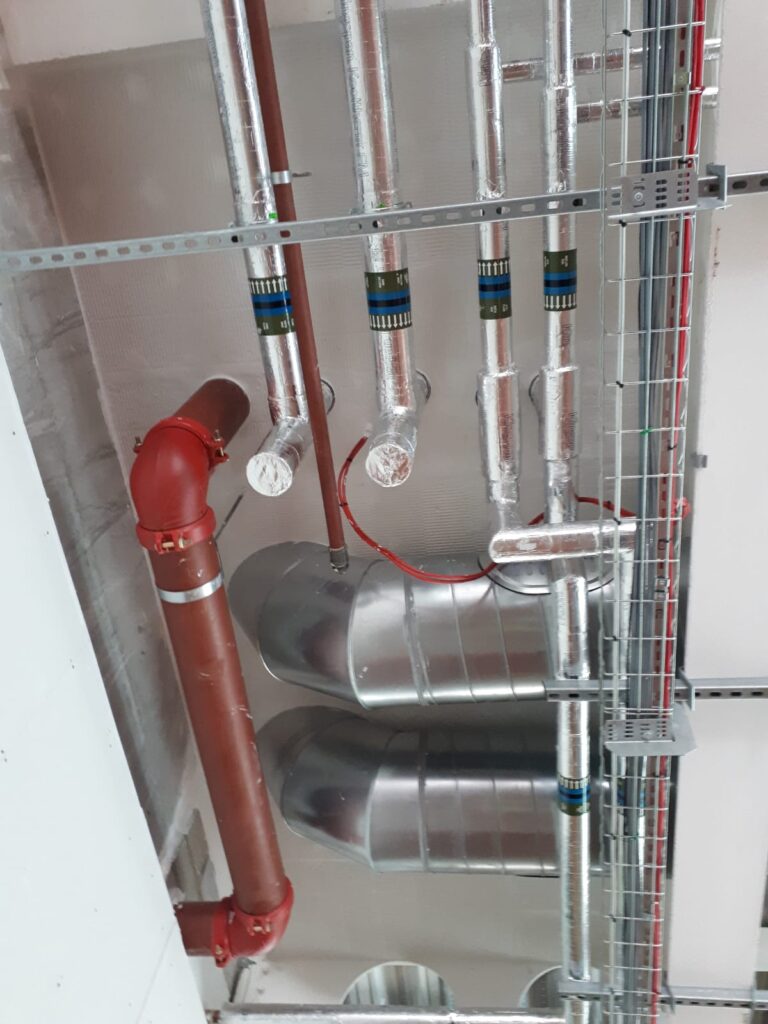
Need professional advice?
What Our customers think
Posted on



